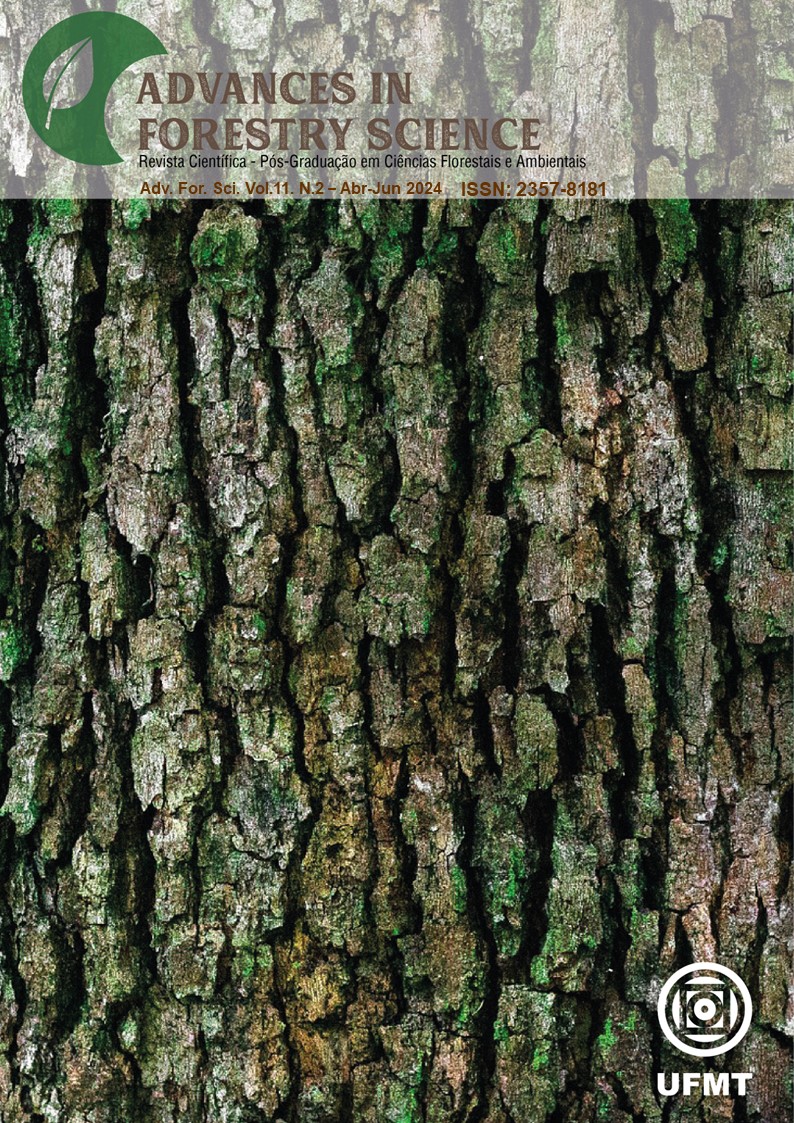Comparative Study of Water Quality Across Different Seasons in the Gregório River Watershed, São Paulo, Brazil
DOI:
10.34062/afs.v11i2.15691Abstract
The goal of this study was to monitor the water quality in the Gregório river, São Carlos, São Paulo during the dry and rainy seasons using traditional methods such as physical and chemical analysis of the water and biological indicators. Six sampling points were monitored, ranging from the nearest location to the source of the river to its confluence with the Monjolinho river. Physical and chemical parameters of water (water surface temperature, dissolved oxygen, pH, and conductivity) were measured using a multiparameter probe. The distance between the points was determined according to the access to the site: from P1 to P2 (1328 m), from P2 to P3 (1278 m), from P3 to P4 (201 m), from P4 to P5 (820 m), and finally from P5 to P6 (1814 m). The biotic index used in conjunction with the environmental variables was the Biological Monitoring Working Party (BMWP), a qualitative index that utilizes benthic macroinvertebrates to classify water quality. Ceratopogonidae, Chironomidae, Chironomus, Enchytraeidae, Hirudinea, and Naididae were recorded at sites P1, P2, and P6 during both the dry and rainy seasons. This study, particularly at P6, it was observed that despite the higher concentration of dissolved oxygen compared to the other analyzed sites, which would indicate good water quality, the BMWP indicated that the location had a strongly polluted water quality, suggesting that environmental factors must be associated with biological indicators. It was concluded that the use of biological indicators along with environmental data provided a more reliable understanding of water quality.
Downloads
Published
Issue
Section
License
All copyright must be assigned to the Federal University of Mato Grosso.

